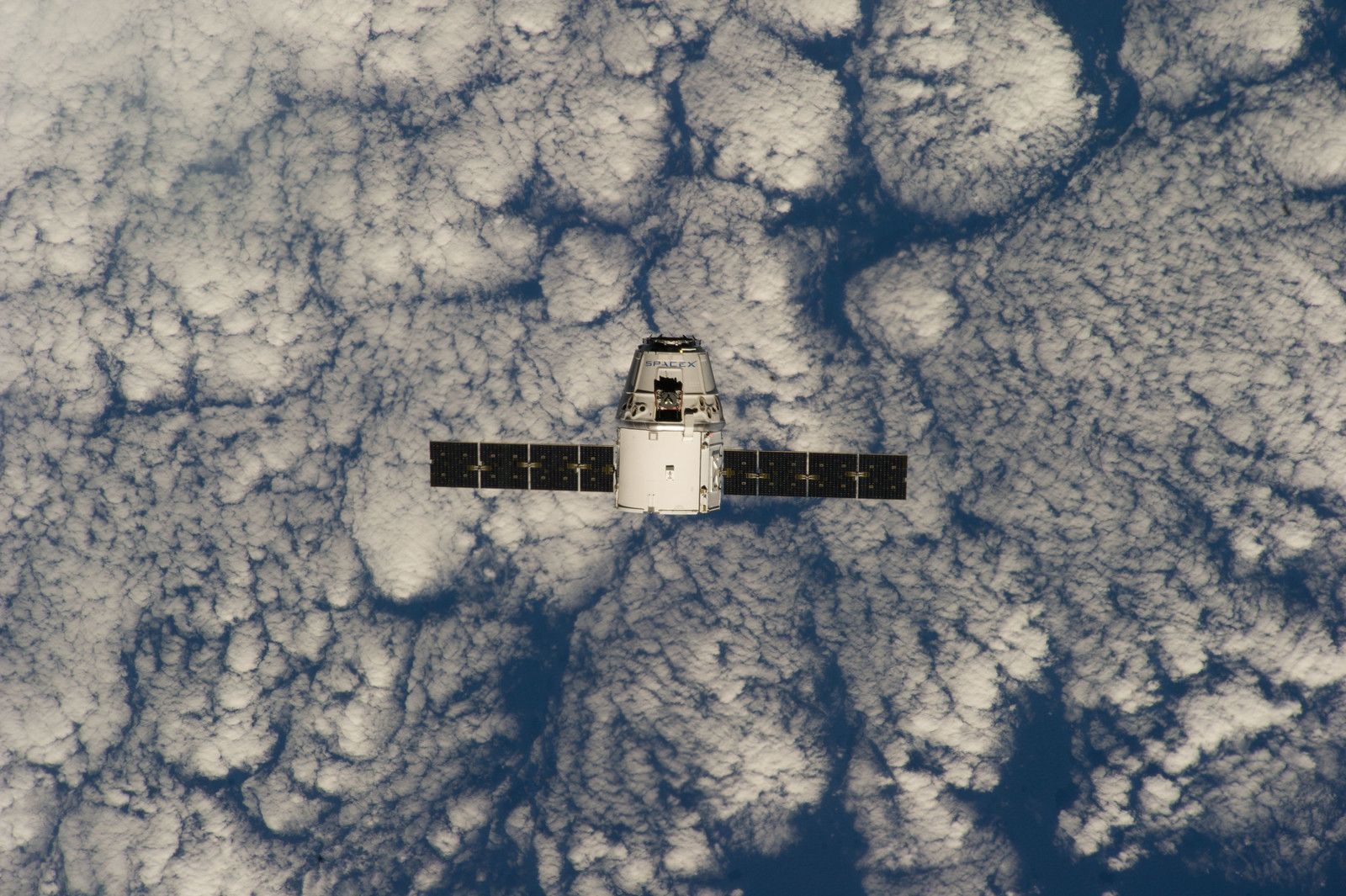Technology Highlights

Revealing the Hidden Universe with Full-shell X-ray Optics at NASA MSFC
The study of X-ray emission from astronomical objects reveals secrets about the Universe at the largest and smallest spatial scales. Celestial X-rays are produced by black holes consuming nearby stars, emitted by the million-degree gas that traces the structure between…

Carbon Nanotubes and the Search for Life on Other Planets
A NASA-developed material made of carbon nanotubes will enable our search for exoplanets—some of which might be capable of supporting life. Originally developed in 2007 by a team of researchers led by Innovators of the Year John Hagopian and Stephanie…
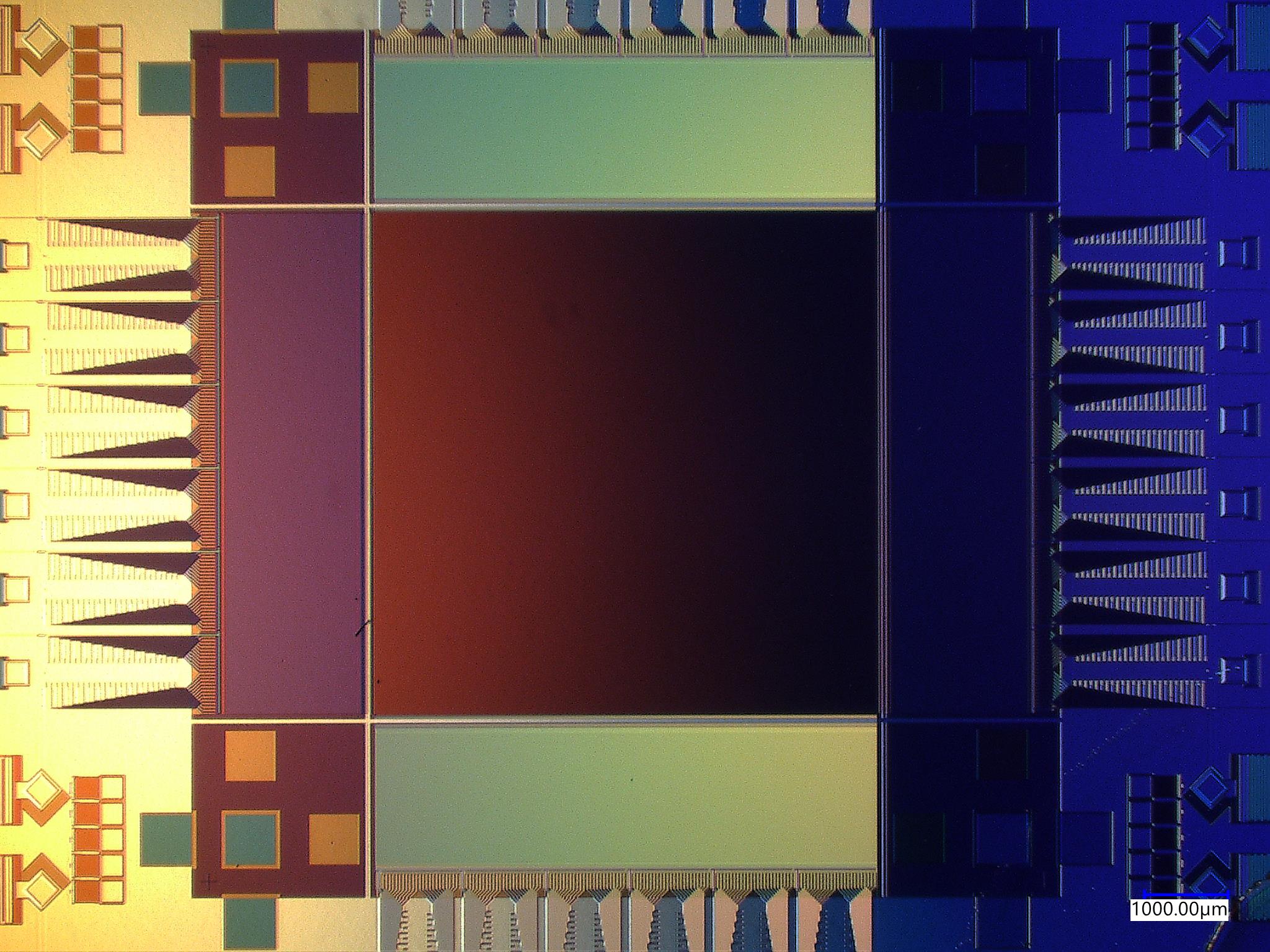
Breaking the Scaling Limits: New Ultralow-noise Superconducting Camera for Exoplanet Searches
When imaging faint objects such as distant stars or exoplanets, capturing every last bit of light is crucial to get the most out of a scientific mission. These cameras must be extremely low-noise, and be able to detect the smallest…
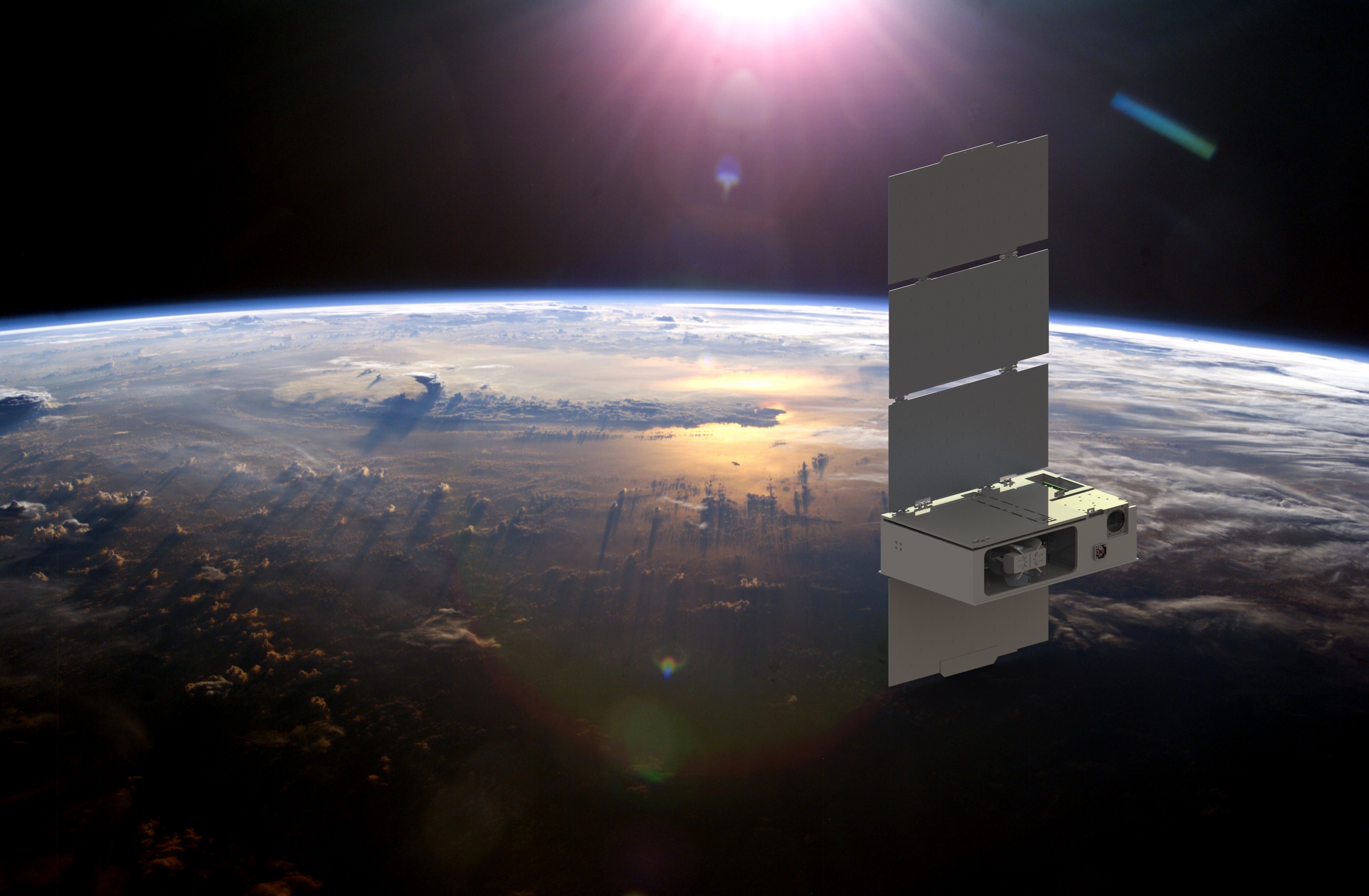
The CUTE Mission: Innovative Design Enables Observations of Extreme Exoplanets from a Small Package
Of the approximately 5,500 exoplanets discovered to date, many have been found to orbit very close to their parent stars. These close-in planets provide a unique opportunity to observe in detail the phenomena critical to the development and evolution of…
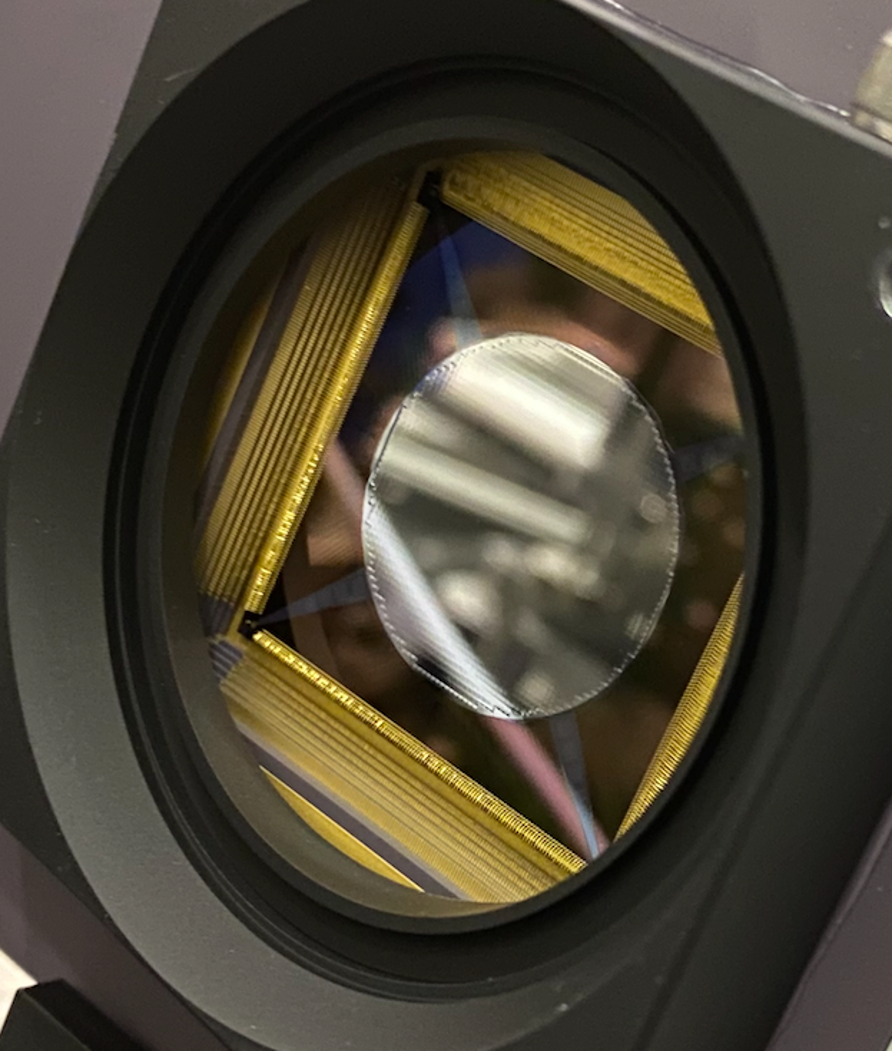
Deformable Mirrors in Space: Key Technology to Directly Image Earth Twins
Finding and studying Earth-like planets orbiting nearby stars is critical to understand whether we are alone in the universe. To study such planets and assess if they can sustain life, it is necessary to directly image them. However, these planets…
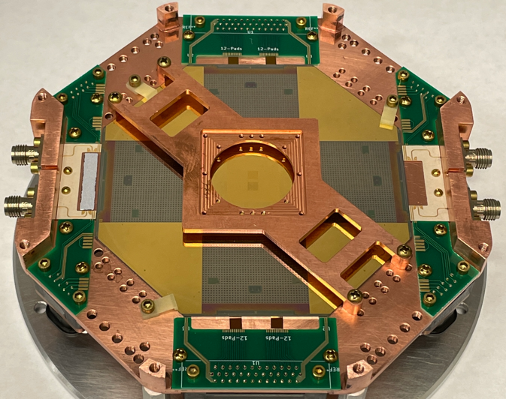
New X-ray Detectors to Provide Unprecedented Vision of the Invisible Universe
PROJECT: Advanced Magnetic Microcalorimeter development SNAPSHOT: A new class of X-ray detector with unprecedented energy resolution and array size could help transform our understanding of the cosmos through unparalleled vision into the otherwise invisible universe. Very detailed information is now…
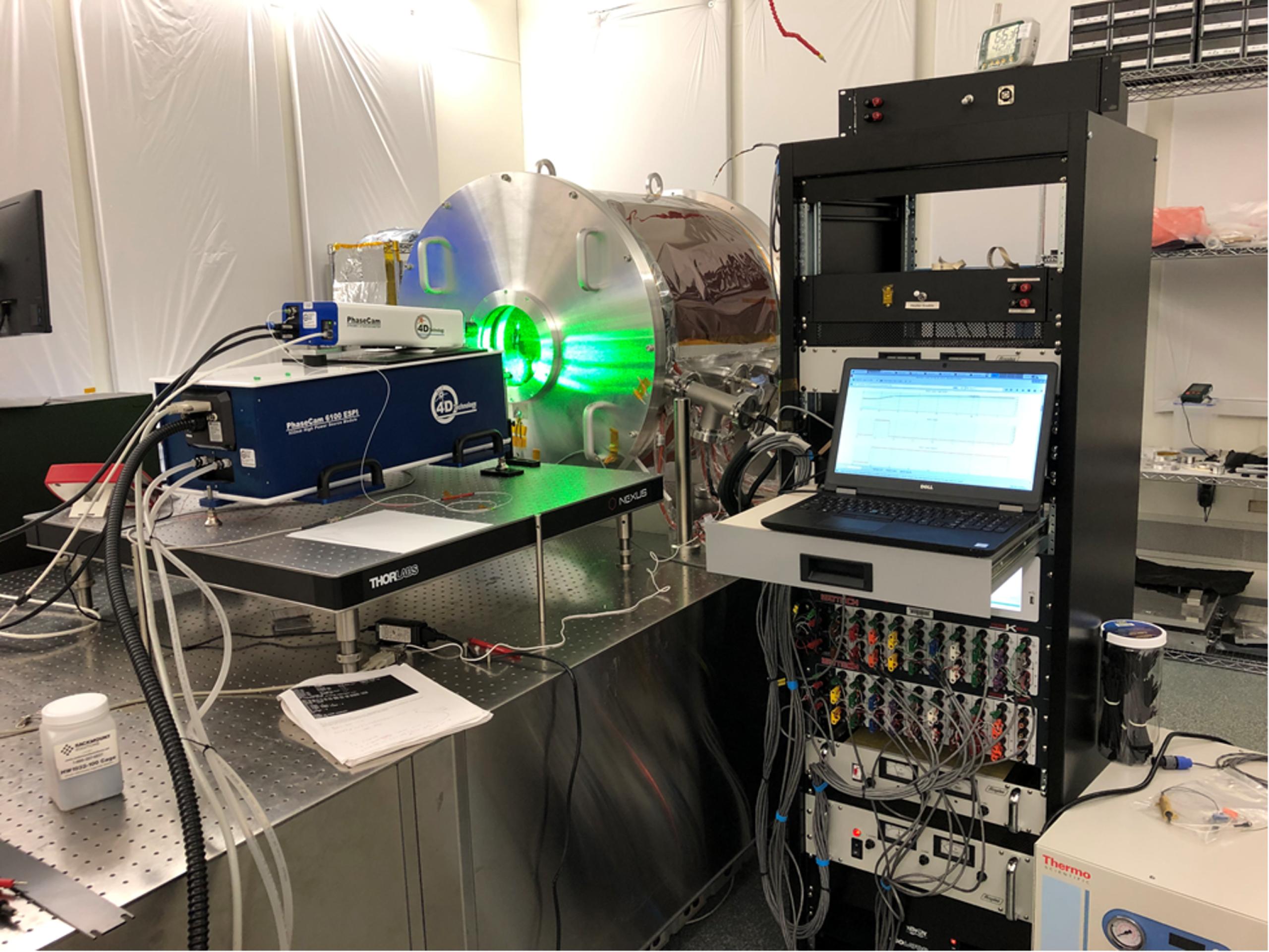
Developing an Ultra-stable Testbed to Enable Future Great Observatory Missions
PROJECT Ultra-stable Telescope Testbed project SNAPSHOT A NASA team has developed a laboratory to enable the design and development of large ultra-stable telescopes—the kind of telescope needed to detect and characterize Earth-like planets around distant stars. “Are we alone in…

New Superconducting Sensor Arrays Will Enable Future Far-Infrared Space Missions
PROJECT Development of a Robust, Efficient Process to Produce Scalable, Superconducting Kilopixel Far-IR Detector Arrays SNAPSHOT An SMD-sponsored team has taken major steps towards providing the new detector arrays needed for future far-infrared space missions. In the Decadal Survey on…

How did Black Holes Shape the Cosmos? Fast, Low-noise X-ray Sensors May Provide the Answer
PROJECT Extremely Low-noise, High Frame-rate X-ray Image Sensors for Strategic Astrophysics Missions SNAPSHOT New imaging technology will help enable future large X-ray telescopes to trace the origin and growth of black holes and the ways they’ve shaped the cosmos. How…

NEID: A New, Ultra-Precise Window into Nearby Worlds
PROJECT The NEID Doppler Spectrometer SNAPSHOT A collaborative partnership between NASA and the National Science Foundation (NSF) has produced the NEID spectrometer, which makes extremely precise measurements of the wobbles of stars caused by the planets that orbit them. NEID…

Bracewell Nulling Interferometry Enables Astronomers to See the Glow of Alien Stardust
PROJECT Large Binocular Telescope Interferometer (LBTI) SNAPSHOT The search for and characterization of extra-solar planets (‘exoplanets’) that might host life is one of NASA’s highest ambitions. But observing exoplanets and distinguishing them from the scattered light coming from the stars…
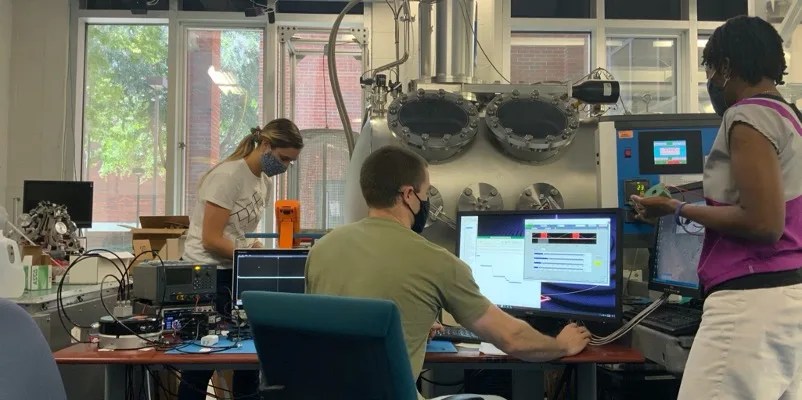
Using Ultraviolet Light to Suppress Electrostatic Noise in Gravitational Wave Observatories
PROJECT LISA Charge Management Device (CMD) SNAPSHOT With support from NASA, the University of Florida and industrial partner Fibertek, Inc. are developing a precisely controlled ultraviolet light source that will prevent electrostatic noise from obscuring gravitational wave signals measured by…
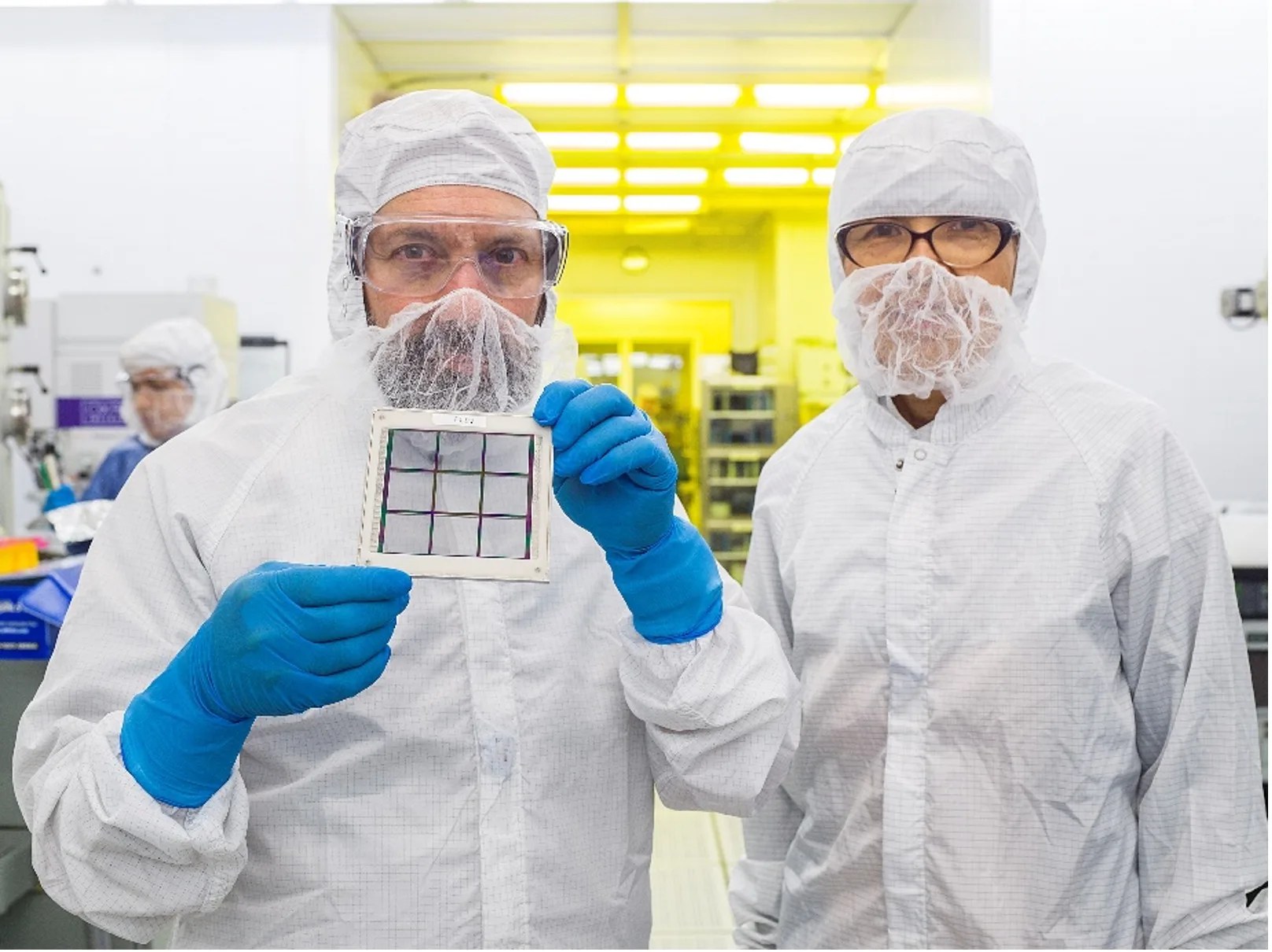
Developing Tiny Micro-Shutter Arrays to Answer Big Questions
PROJECT NexGen Micro-Shutter Array (NGMSA) SNAPSHOT Advanced technology micro-shutters enable NASA to study galaxy evolution across cosmic time. How did the first stars and galaxies form after the big bang? How did they evolve to produce the chemical elements that…

Controlling the Temperature of Telescope Mirrors to Search for Earth-like Planets
PROJECT Predictive Thermal Control (PTC) project SNAPSHOT Active thermal control technology helps enable large ultra-stable telescopes needed to detect and characterize Earth-like planets around other stars. “Are we alone in the universe?” may be one of the most compelling questions…
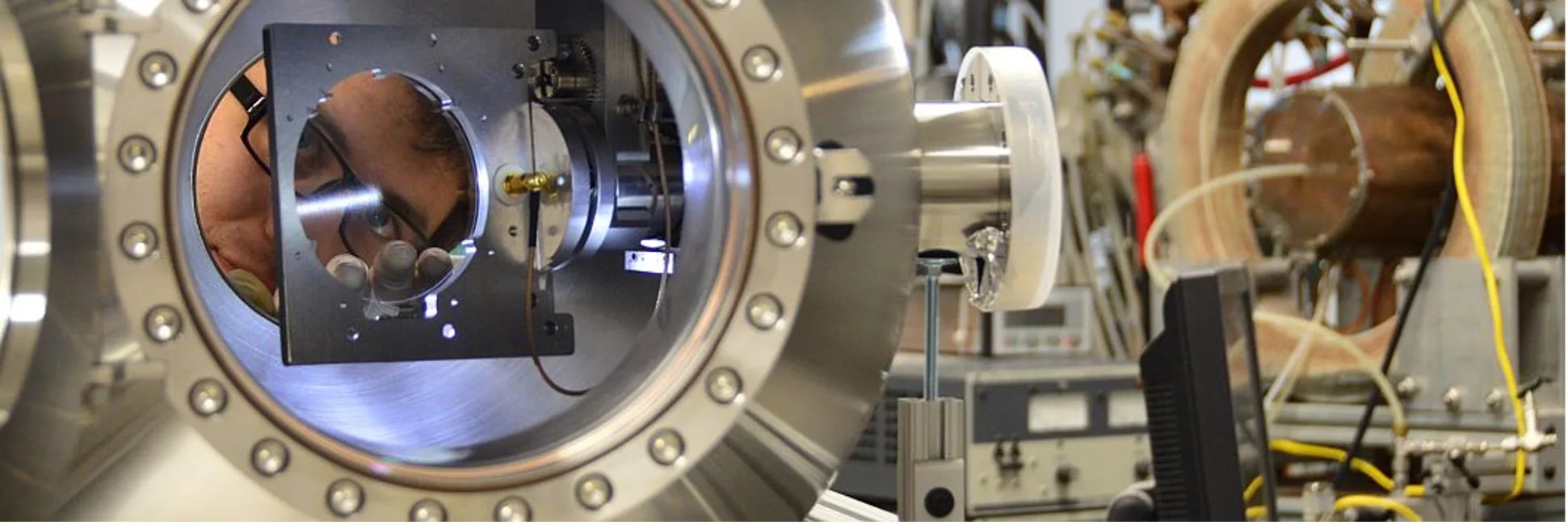
Nanofabricated Mirrors and Gratings Will Enable More Powerful Space Telescopes
PROJECT Sub-arcsecond X-ray telescope optics and high-resolution, high-efficiency X-ray transmission grating spectrometers SNAPSHOT A NASA-sponsored team at the MIT Space Nanotechnology Lab is developing high-performance space instrumentation for more powerful future X-ray telescopes that will study the dynamics of the…
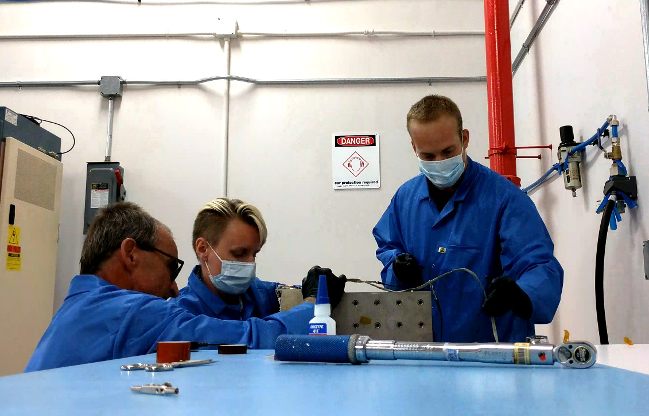
CubeSat Platform Enabled an Inexpensive Space Telescope
PROJECT HaloSat – A CubeSat that studied the hot Galactic halo SNAPSHOT To enable lower cost space-based astronomical observatories, NASA is promoting use of miniature satellites known as CubeSats and instruments built from commercial off-the-shelf components. Space telescopes have historically…
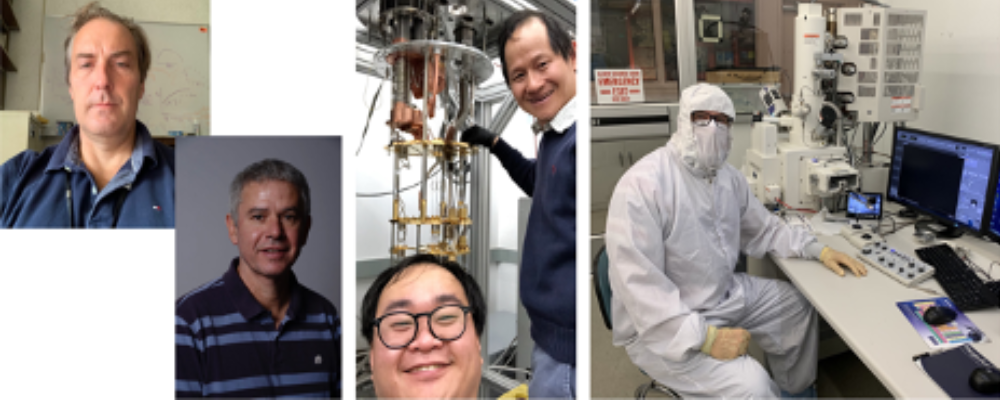
Far-Infrared Detectors: Superconductivity Enables New Astrophysical Discoveries
PROJECT Ultrasensitive Far-Infrared Bolometers for Space Astrophysics SNAPSHOT The far-IR is a powerful but relatively unexplored spectral band that can enable study of the birth and infancy of galaxies. NASA missions with super-cooled telescopes have the potential for orders of…
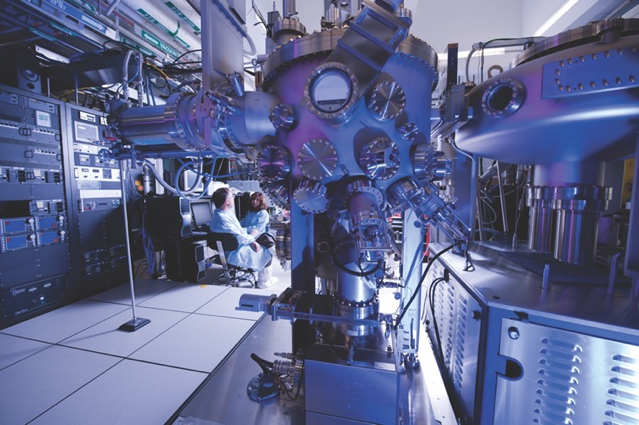
Crafting Detectors Atomic Layer by Atomic Layer has a High Impact on Ultraviolet Astrophysics Missions
PROJECT Advanced FUV/UV/Visible Photon Counting and Ultralow Noise Detectors SNAPSHOT Researchers have developed methods to alter the surface properties of ultraviolet detectors and produce instruments with unprecedented sensitivity and performance. The ultraviolet (UV) spectral range is rich with information about…

Enhanced Mirror Coatings Will Enable Future NASA Observatory
PROJECT Broadband Mirror Coatings for Future NASA Observatory SNAPSHOT A team at GSFC is investigating techniques for creating highly reflective aluminum mirrors sensitive to the far-ultraviolet in addition to the infrared, optical, and visible wavelengths. The more reflective a telescope…

In-Space Telescope Assembly: When is it worth it?
PROJECT In Space Assembled Telescope (iSAT) Study SNAPSHOT NASA conducted a detailed study to understand when it is worth assembling telescopes in space rather than folding them into a single rocket and deploying them in space. The conventional approach of…

Advanced Magnetic Cooling for Sub-Kelvin Instruments
PROJECT High-Efficiency Continuous Cooling for Cryogenic Instruments SNAPSHOT To cool proposed future science instruments to operating temperatures well below one Kelvin, NASA is developing an advanced spaceflight magnetic refrigeration system. Several proposed future space-science instruments will operate at temperatures well…
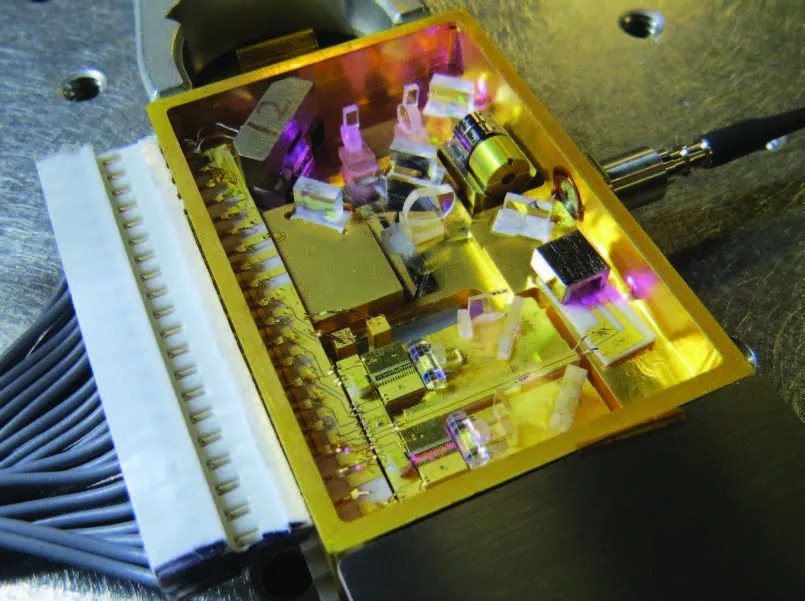
New Laser Transmitter to Enable International Gravitational Wave Observatory
PROJECT Laser Transmitter for the Laser Interferometer Space Antenna (LISA) Mission KEY POINTS A highly stable and robust laser design is a key subsystem required for the LISA observatory. By leveraging lessons learned from previous missions and the latest technologies…
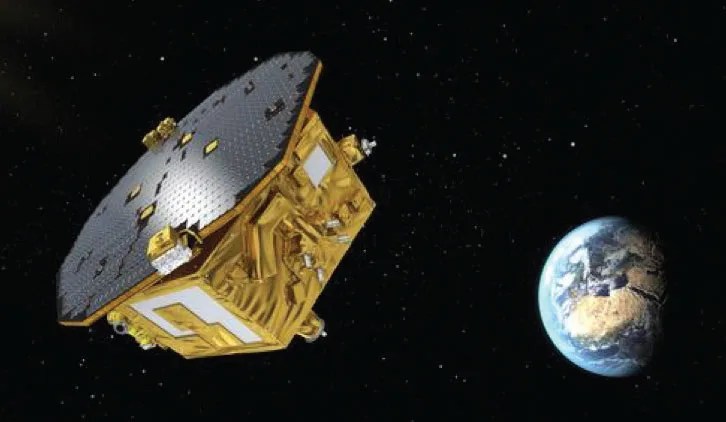
Colloid Microthrusters Demonstrated on LISA Pathfinder
Technology Infusion A colloid microthruster provides electric micropropulsion for drag-free and fine pointing applications. It uses an electrospray (electrostatically generated and accelerated charged droplets) to provide spacecraft control at tens of micronewtons of thrust (about the weight of a mosquito!)…
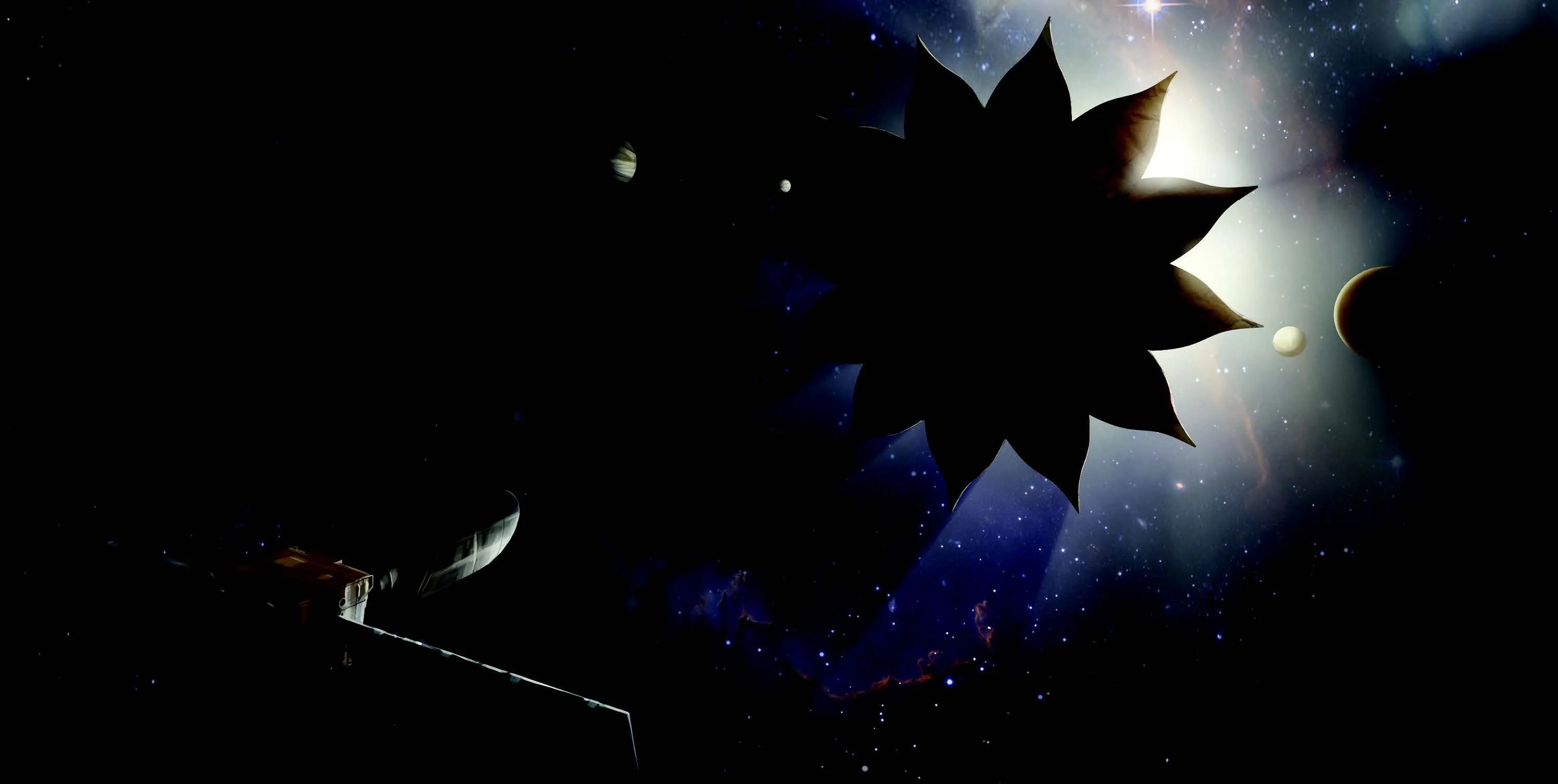
Developing Starshade Technology to Image Earth-sized Exoplanets Around Neighboring Stars
Technology Development Acquiring images and spectra from planets around our neighboring stars could give us a sense of their atmospheres and habitability—but only if we can block out the star’s light. The light reflected off an Earth-sized planet around a…
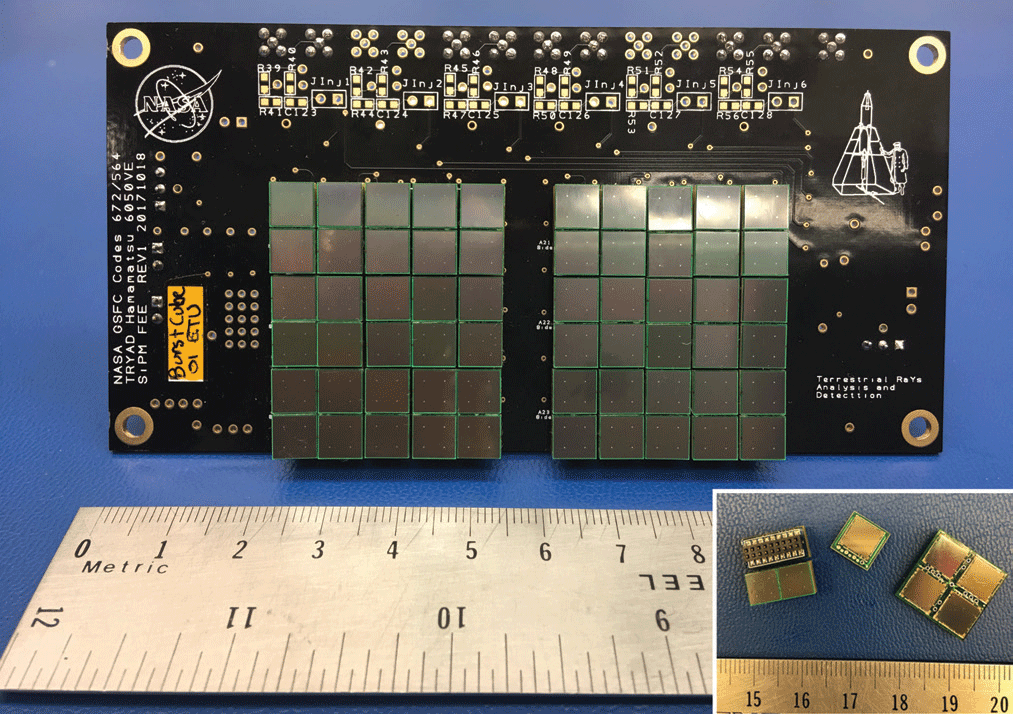
New Techniques for Fast Neutron Imaging and Spectroscopy in Space
Technology Development A team of scientists and engineers at Goddard Space Flight Center is developing innovative technologies to expand the opportunities for neutron and gamma-ray detection from space on small satellite platforms. Traditional space-based detectors, such as the Gamma-ray Burst…
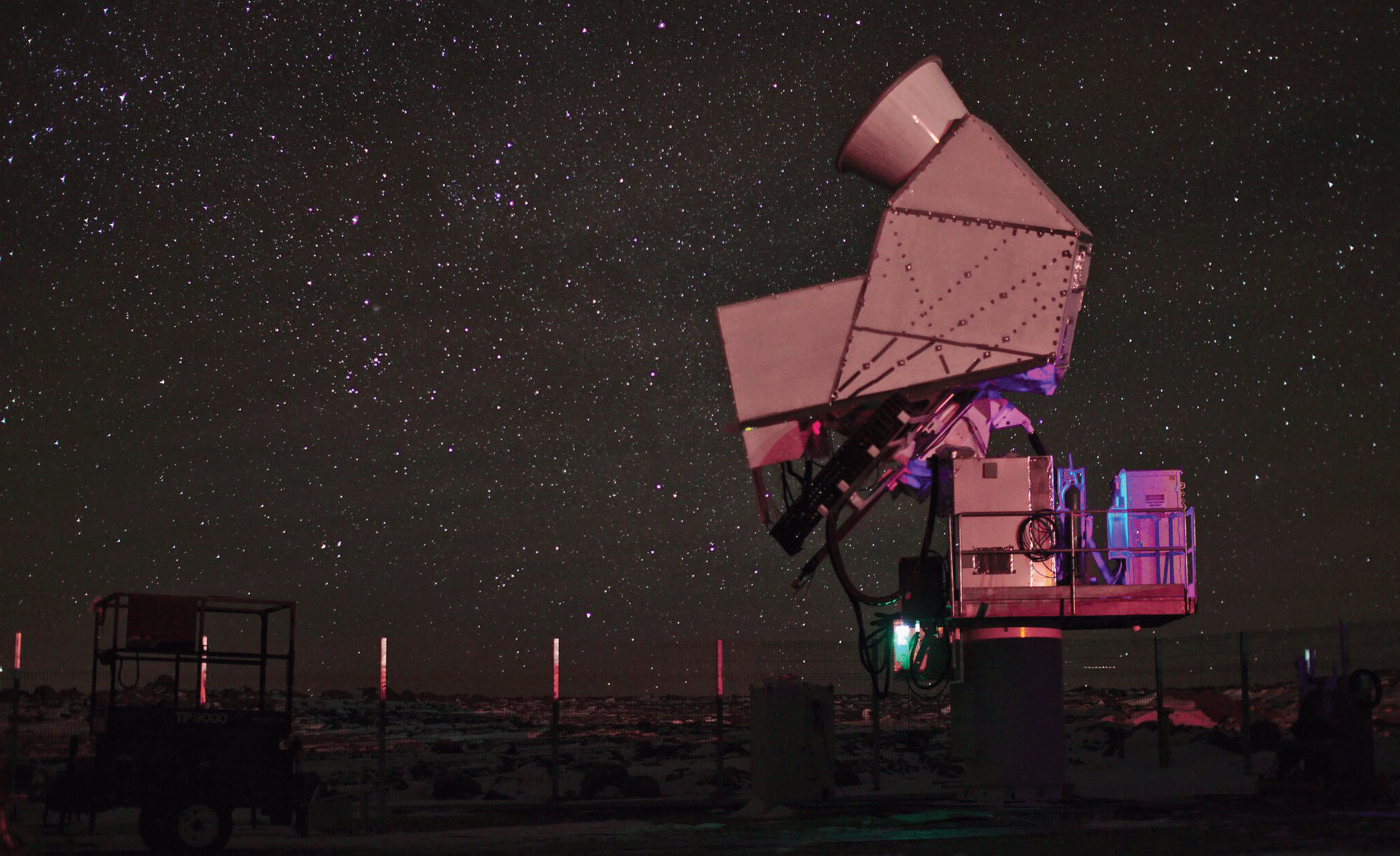
Transition-edge Sensor Detectors to Enable Characterization of the Cosmic Microwave Background
Technology Development Relic radiation from the Big Bang—the Cosmic Microwave Background (CMB)—provides a Rosetta stone for deciphering the content, structure, and evolution of the early universe. Current theoretical understanding suggests that the universe underwent a rapid exponential expansion, called “inflation,”…
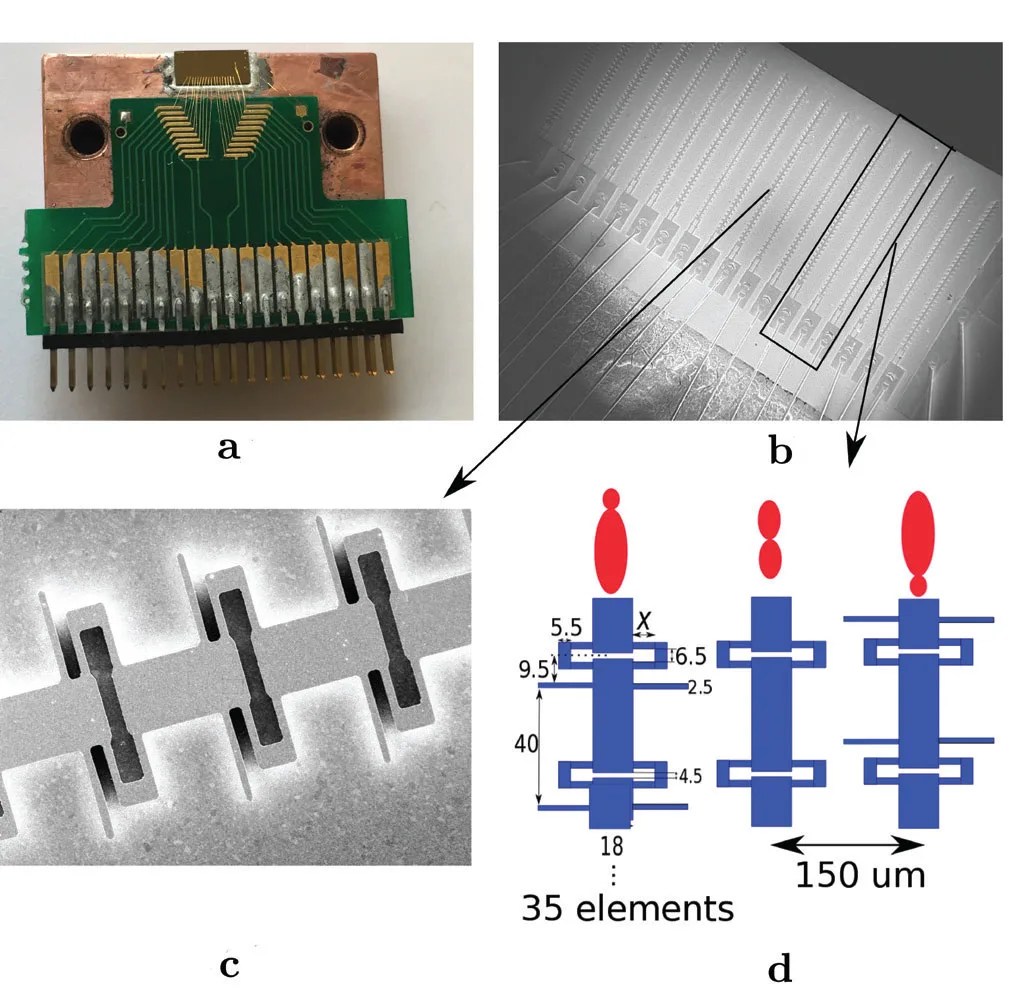
Advancing Local Terahertz Oscillators to Enable Cosmic Observations
Technology Development NASA is developing a new type of detector that will provide insight into the formation and structure of the universe. Many of the radiative and mechanical interactions that shape the interstellar medium of galaxies and drive galactic evolution…
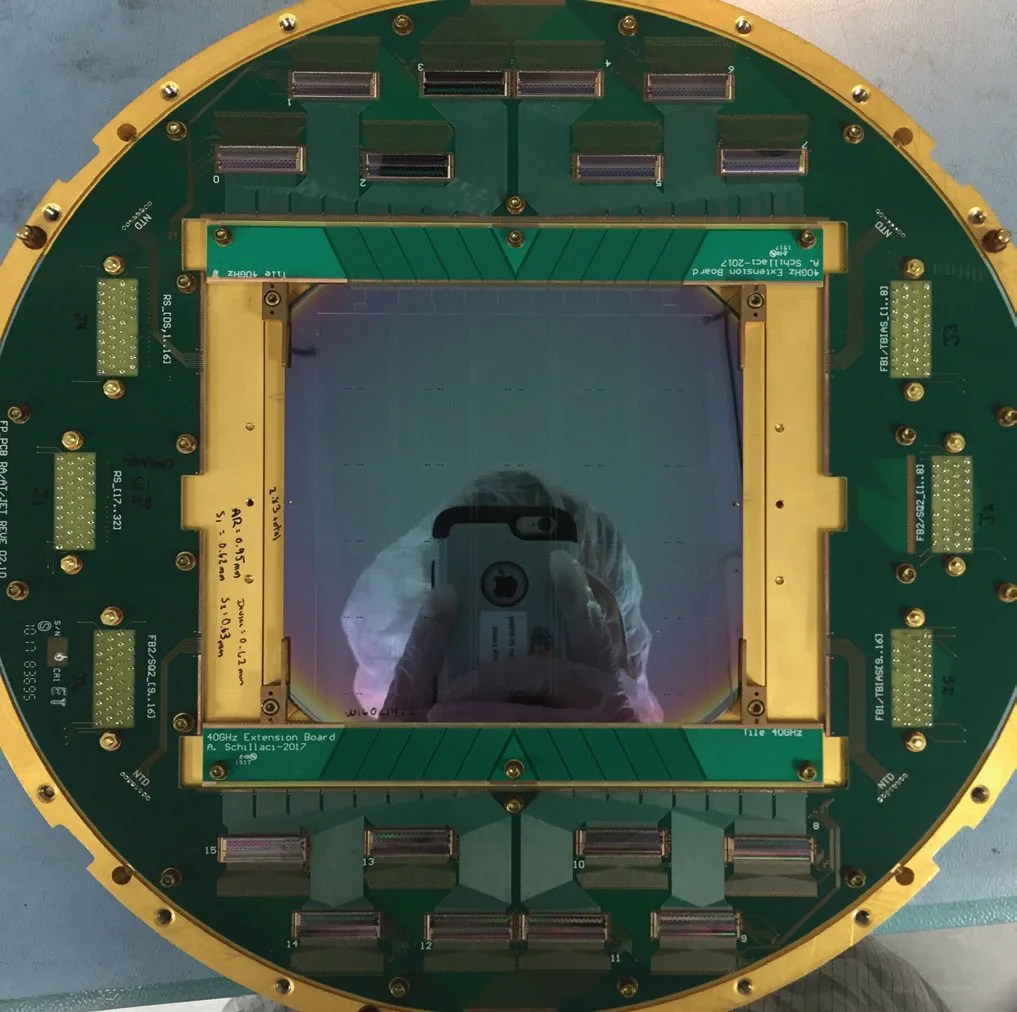
Probing the Birth of the Universe with Large-Format Detector Arrays
Technology Development Precise polarization measurements of the Cosmic Microwave Background (CMB) radiation, an ancient glow from the early universe, may help scientists better understand how the universe rapidly expanded in a burst called “inflation” moments after the Big Bang. NASA…
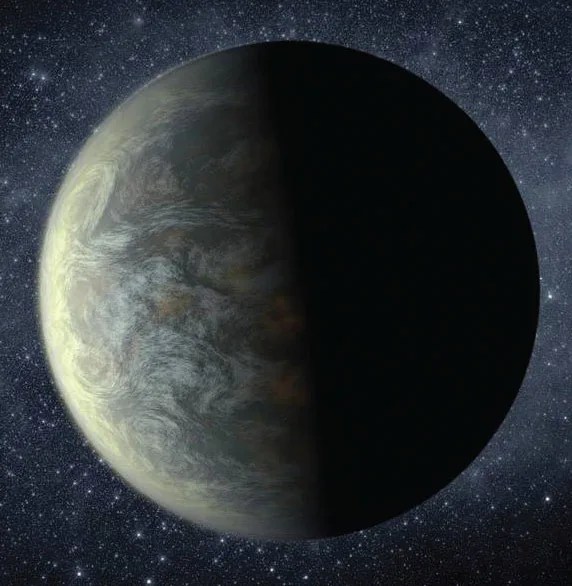
Record-Setting Displacement Measurements to Enable the Search for Distant Life
Technology Development A team of NASA optics experts has built a picometer spatial metrology system that may enable a major Agency initiative—to locate and image Earth-like planets beyond the solar system and scrutinize their atmospheres for signs of life. Researchers…
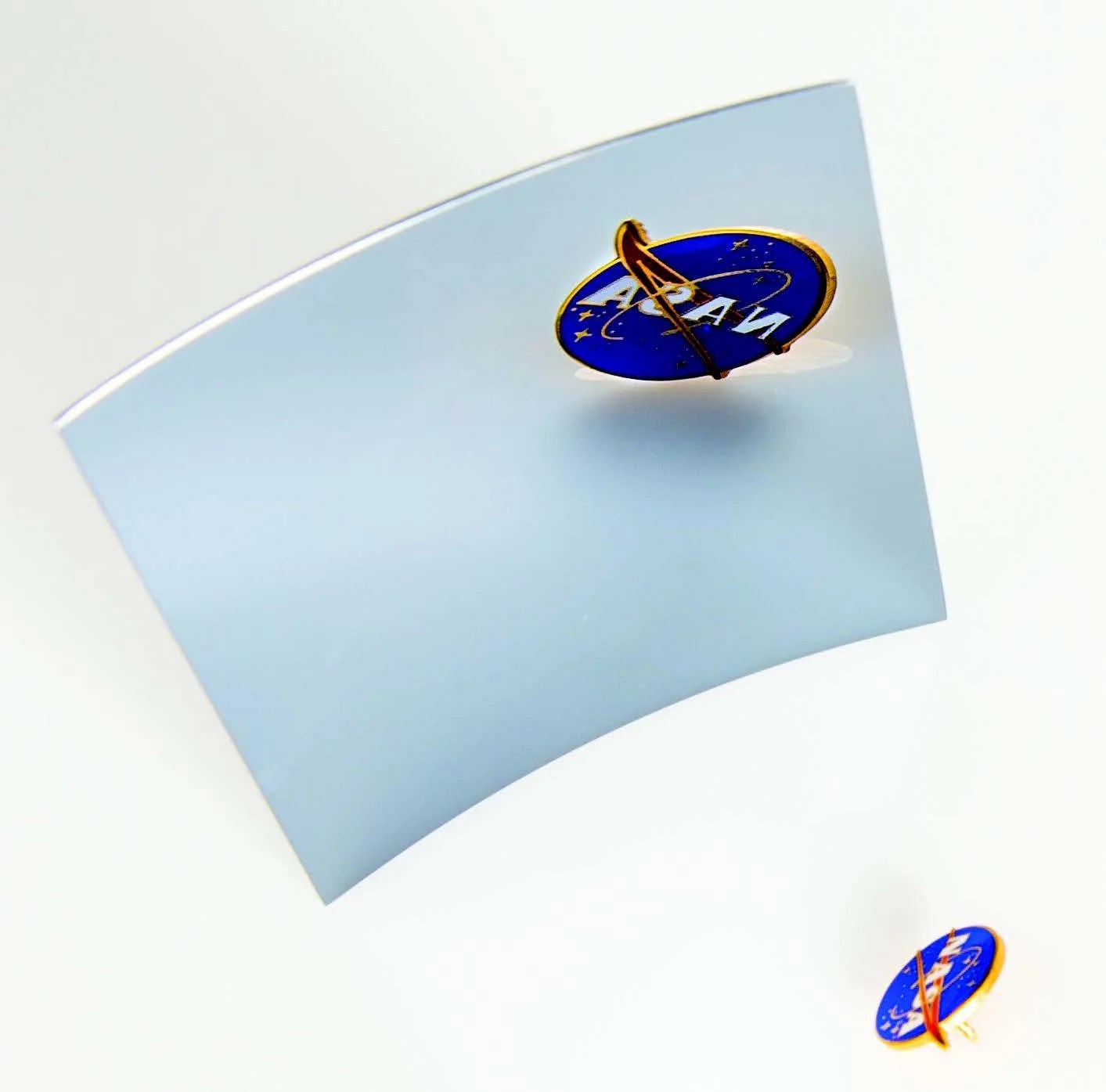
Groundbreaking X-ray Optics will Enable Future Observatories
Technology Development An X-ray telescope is characterized by four parameters: angular resolution, effective area, mass, and production cost. Researchers at NASA GSFC have developed a new X-ray mirror technology that is expected to improve one or more of these parameters…
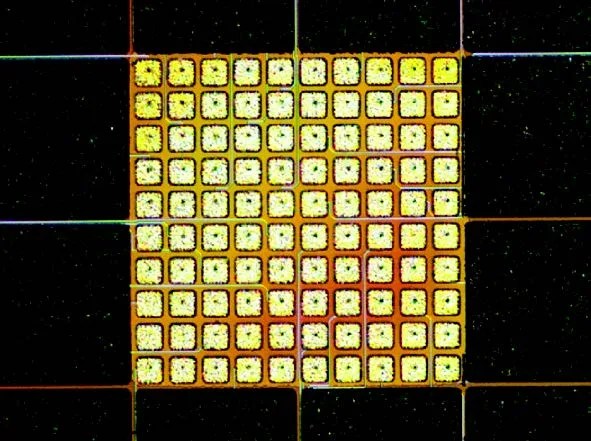
An X-ray Camera that can Resolve Tens of Thousands of X-ray Colors
Technology Development NASA is part of an international team developing a cutting edge microcalorimeter X-ray camera that will provide extraordinarily detailed information about energetic cosmic phenomena. An X-ray microcalorimeter is a non-dispersive spectrometer that uses an equilibrium approach to energy…

High-resolution X-ray Gratings Enable State-of-the-Art Spectrometer
Technology Development X-ray-optics technology has progressed such that future astrophysics X-ray observatories will have orders-of magnitude better performance than existing observatories such as NASA’s Chandra X-ray Observatory. High-resolution soft X-ray spectroscopy offers particularly useful observations that can provide information about…
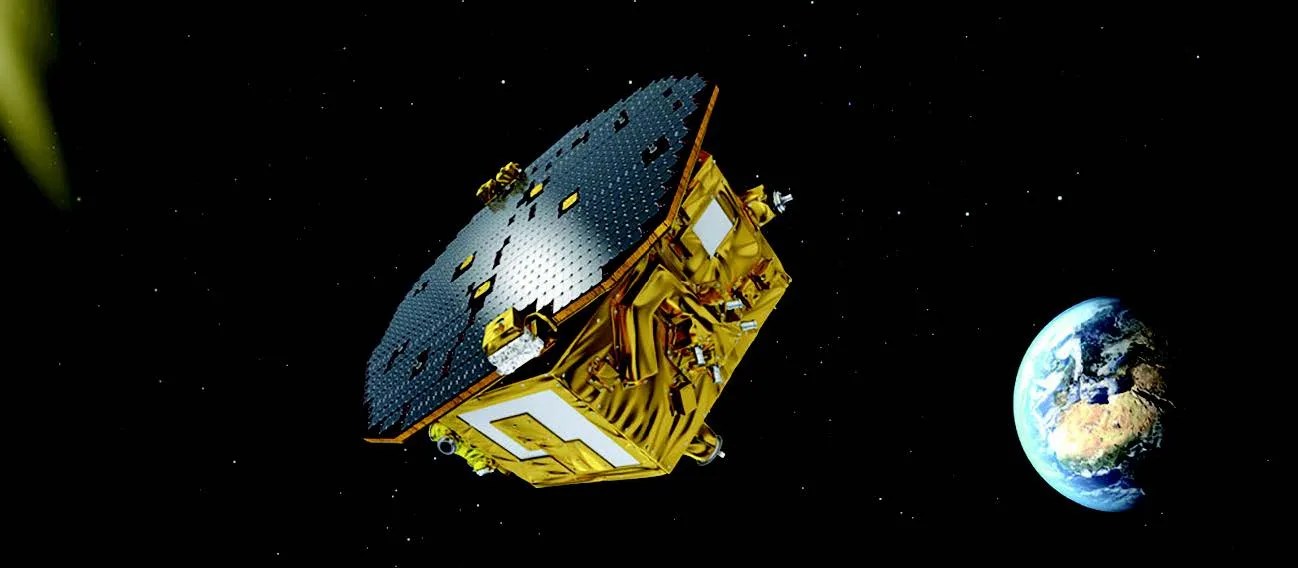
Tiny Thrusters Demonstrate a Capability Needed to Detect Gravitational Waves
Technology Infused: On December 3, 2015, the LISA Pathfinder mission, led by the European Space Agency, blasted into space carrying the most stable spacecraft thruster system ever qualified for use in space. Developed by NASA JPL, the Space Technology 7…
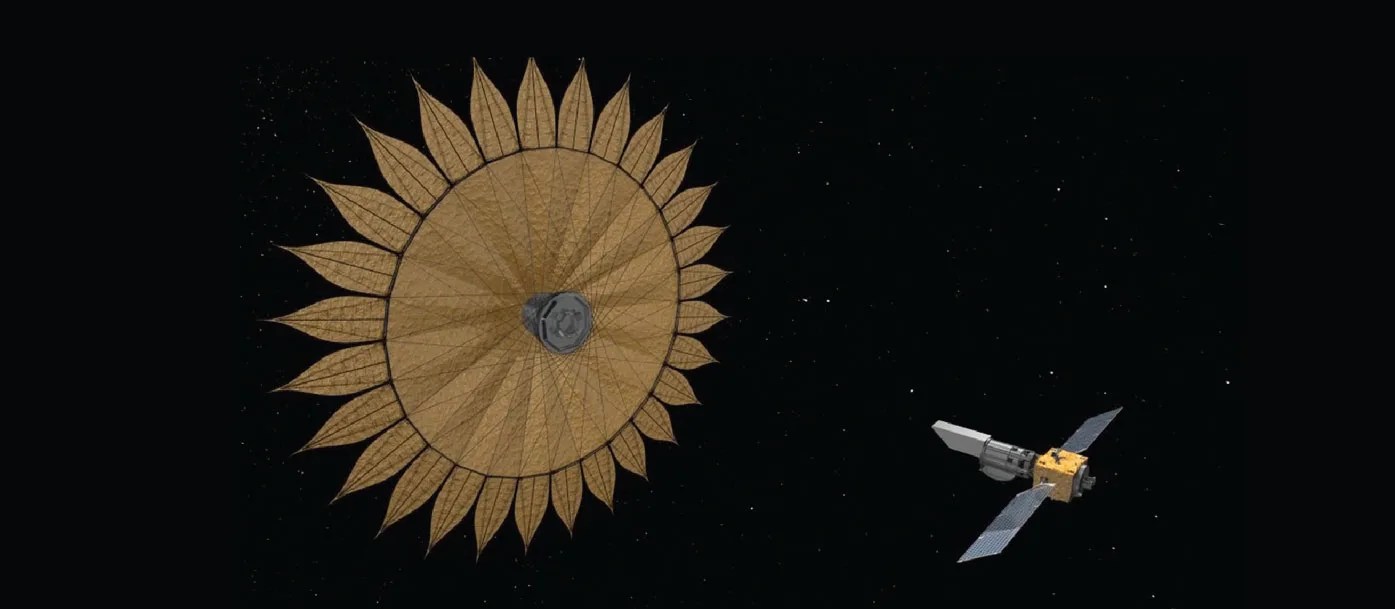
Starshade to Enable First Images of Earth-sized Exoplanets
Technology Development: Currently, astronomers can investigate Earth-sized exoplanets using only indirect methods such as detecting the changes in starlight as a planet passes in front of its star. The starshade (also known as an external occulter) is a spacecraft that…

